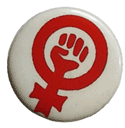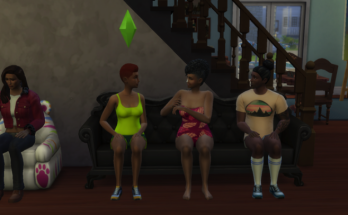by Hyemin Lee
I attended a talk, “Art, Science and Technology: Between the Studio and the Lab,” by Steven Kurtz, a professor of Visual Studies at the State University of New York, Buffalo on December 4 at Harvey Mudd College. Although the talk did not seem to be interesting at first, Kurtz’s view on the role of art as a mediator between the public and scientists was fascinating. He gave an example of his project during the presentation where he set up a studio like the way assisted reproduction labs would be set up like. All Kurtz tries to do in his art work is to give the public fair opportunities to experience, explore, and understand how specialists use science and technology. Yet, he was arrested in 2004 for the suspicion of bioterrorism.
I was surprised to see there was an artist like Kurtz, doing what he does in real life when I first heard his story. I thought the possible consequences of such technological, scientific development could only appear in the horror movies like, The Mist (2007), and somehow the consequences will be prevented beforehand in real life. Not fully understanding the process of how these scientific projects move forward by specialists in the field, the general public only fears and sometimes ignores the importance of such projects. From that, Kurtz’s essential role in his artworks is to reduce such general fear and ignorance to educate people in a less fearful way to interact with specialists and non-specialists.
Kurtz’s talk encouraged me to think more deeply of XReality that we discussed about in our class. He essentially created his own XReality space between the studio and the lab, in museums, raising a discussion. Despite the fact that Kurtz intended to create a democratic, feminist XReality space, his arrest by the FBI fundamentally disturbed his purpose for the artworks. Over the course of a semester, my focus on exploring democratic, anti-racist, feminist space, whether that is online or offline, has been limited to understanding how one can create such space rather than realizing how difficult it may be for one to keep managing a safe space.
Once I read that freedom of speech is kept as long as no one attempts to make a speech. Kurtz’s case struck to me as a situation that proves this statement. He used art as a communicative door to bridge between specialists and non-specialists in more constructive and healthier way. However, his attempt to make a communicative bridge was stopped at a larger level than he can control. Because of this talk, I realized that knowing how to maintain a safe space successfully for the public is much more complicated than just creating one. Finding a balance between how to cultivate a safe space for the public to understand science and technology, and how to use art as a door to open up conversations between specialists and non-specialists will be a first step that we should take, in order to develop a healthy role of media.

